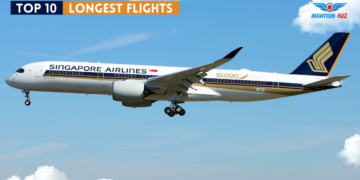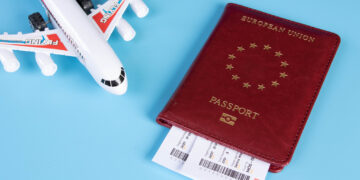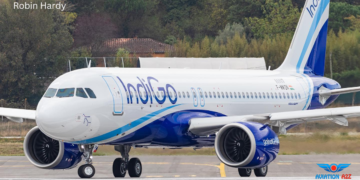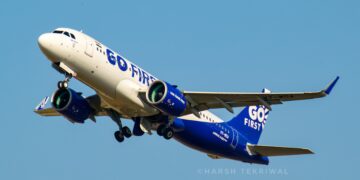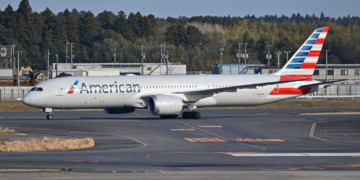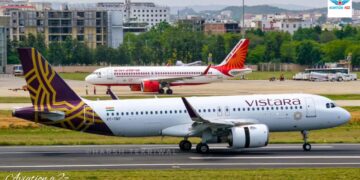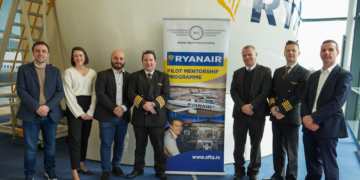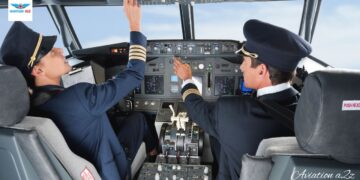The Star Alliance, the world’s first and largest airline alliance, was created in 1997 by five major airlines. The alliance’s headquarters are near Frankfurt Airport in Frankfurt, Germany (FRA).
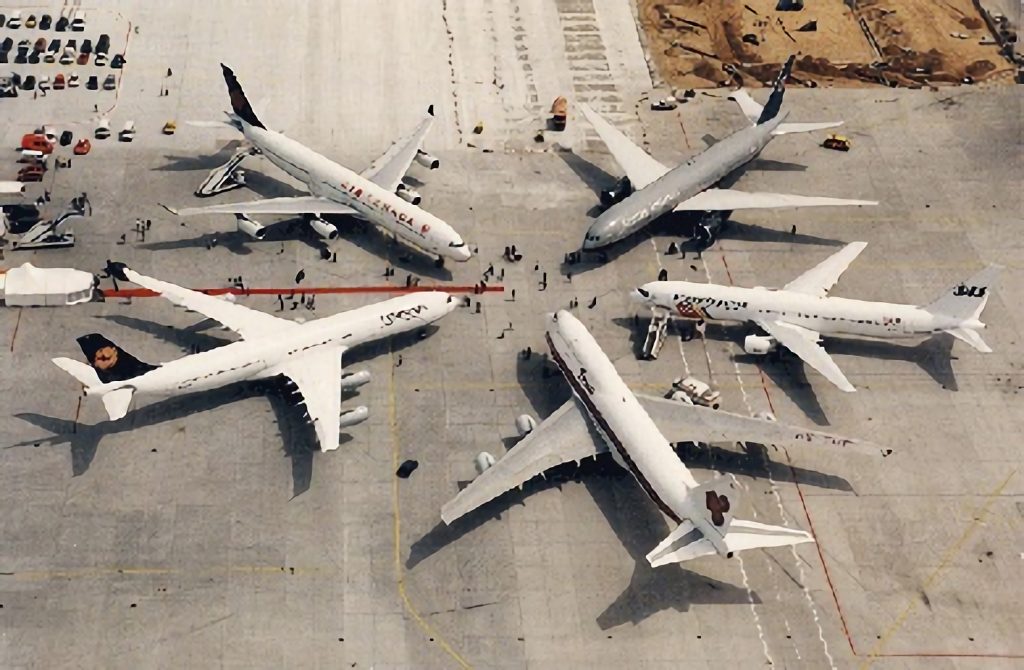
Air Canada (AC), Lufthansa (LH), Scandinavian Airlines (SK), Thai Airways International (TG), and United Airlines were the five founding members of Star Alliance (UA).
Star Alliance History
On May 14, 1997, the Star Alliance network was founded as the first genuinely global airline alliance, with a consumer value proposition of global reach, worldwide recognition, and seamless service.
It has had the largest and most comprehensive airline network since its beginnings. The alliance’s formation is regarded as a watershed moment for the industry and international travel.
With a budget of US$25 million (€18 million), the partnership hired Young & Rubicam for advertising.
From the beginning, all of the airlines utilised the same five-pointed star emblem to represent the founding carriers.
“The Airline Network for Earth” was the alliance’s inaugural tagline, with the goal of developing a network that could transport passengers to each major city on the world. Its current slogan is “The Way the Earth Connects.”
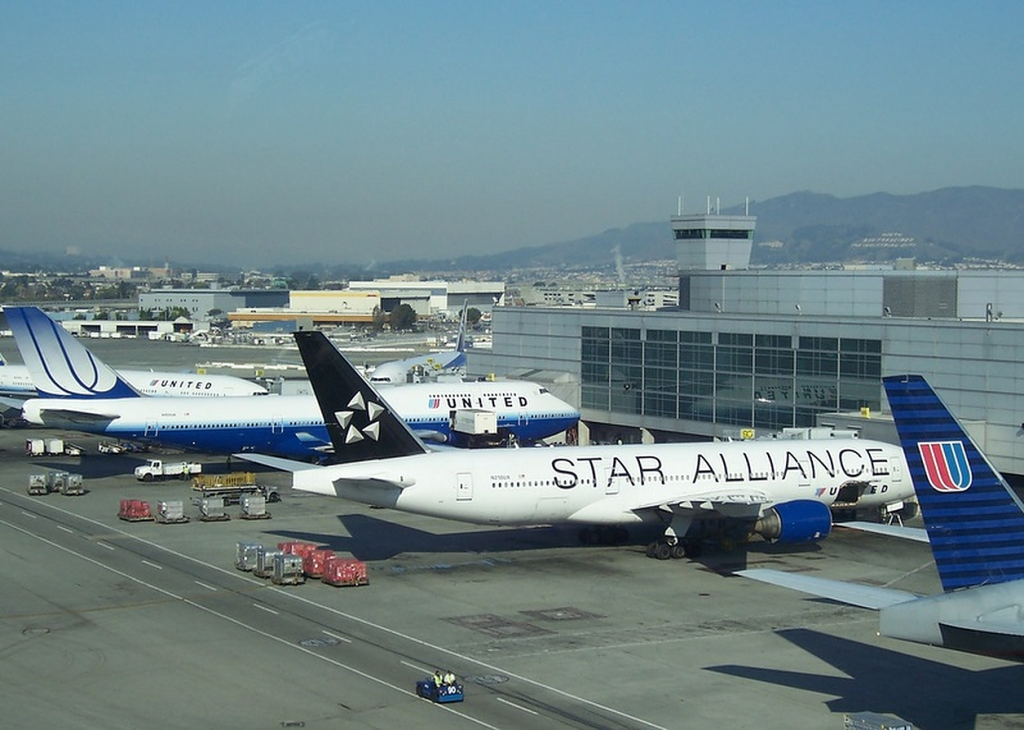
The now-defunct Brazilian airline VARIG joined the Star Alliance network on October 22, 1997, introducing the alliance into South America. With the inclusion of Ansett Australia (AN) and Air New Zealand, Star Alliance expanded to Australia and the Pacific (NZ). The alliance currently serves 720 locations in 110 countries with a combined fleet of 1,650 aircraft thanks to the addition of the two carriers.
All Nippon Airways (NH), the firm’s second Asian airline, joined the group on October 15, 1999. More airlines will join the alliance in the next years, bringing the total number of members to 26.
Star Alliance members, Network
Aegean Airlines, Air China, Air India, Air New Zealand, ANA, Asiana Airlines, Austrian, Avianca, Brussels Airlines, Copa Airlines, Croatia Airlines, EGYPTAIR, Ethiopian Airlines, EVA Air, LOT Polish Airlines, LH, SK, Shenzhen Airlines, Singapore Airlines, South African Airways, SWISS, TAP Air Portugal, TG, Turkish Airlines, and UA are among the current members.
Asiana Airlines (OZ) pondered leaving the alliance in November 2020 when the Korean government announced that the airline would be purchased for US$1.6 billion by Korean Air (KE), a SkyTeam member.
According to the Star Alliance website, the network currently offers over 12,000 daily flights to nearly 1,300 airports in 197 countries. Juneyao Airlines (HO) and THAI Smile Airways, both Star Alliance Connecting Partners, offer additional flights (WE).
Star Alliance is the largest of the three worldwide alliances, with 762.27 million passengers as of April 2018, exceeding both SkyTeam (630 million) and oneworld (600 million) (528 million). Prior to the pandemic, the 26 members had a combined fleet of 5,033 planes that served 1,290 airports in 195 countries on over 19,000 daily departures.
Star Alliance benefits, organization
The Star Alliance features a Silver and Gold reward programme that includes perks like expedited boarding and upgrades. Other Star Alliance advantages include:
Check-in with Priority.
Handling of Priority Baggage Access to airport lounges.
Boarding priority
Allowance for additional luggage.
The Gold Track
Waitlist for Priority Reservations
Stand-by at the airport
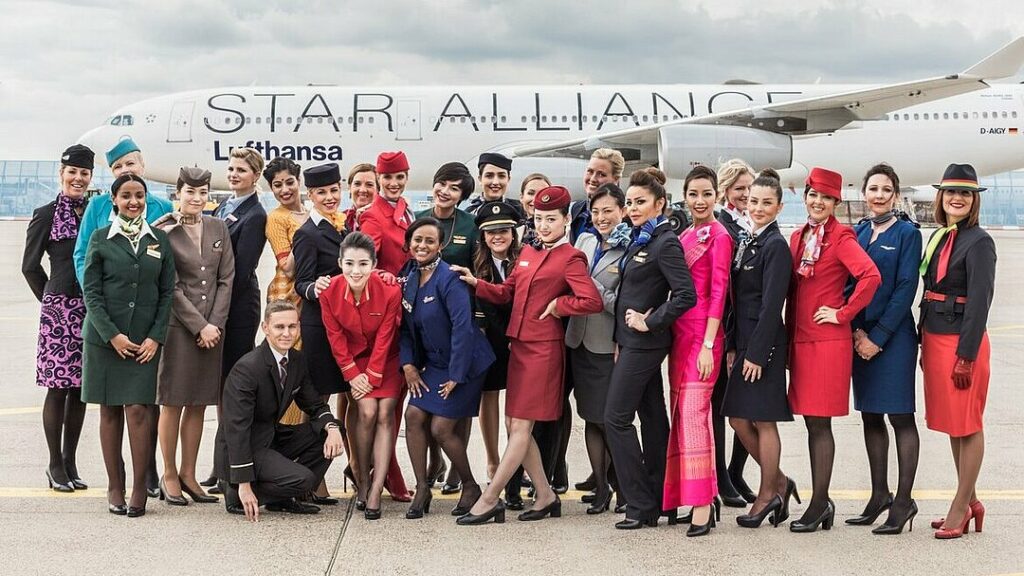
The Star Alliance’s current CEO is Jeffrey Goh, who is based in Frankfurt am Main, Germany. Last December, United Airlines CEO Scott Kirby was elected as the next Chairman of the Star Alliance Chief Executive Board (CEB). He took over as CEO of Copa Holdings and Copa Airlines (CM) from Pedro Heilbron, who had held the position for four years.
Stay tuned and updated with Aviationa2z.



